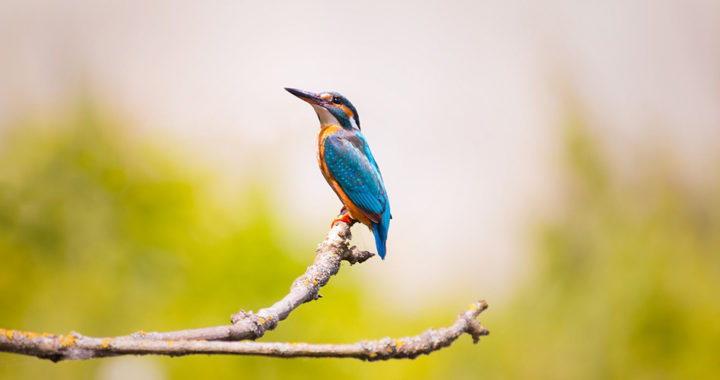Research in ornithology has explored and explained the different functions of bird vocalization. Ornithologists specifically determine these functions by analyzing the acoustic structures of bird calls and bird songs, how specific species of birds produce them, how they are perceived by conspecifics, and the context in which they are produced.
Difference Between Bird Calls and Bird Songs
For starters, bird vocalization can be categorized into two: bird calls and bird songs. Researchers believe that calls function to keep members of a flock in contact or as a warning system while songs have been associated with courtship and mating.
Bird songs are also longer and more complex than bird calls. However, there is no exact consensus as regards their structure. Some researchers have noted that short vocalizations also qualify as songs because of their role in courtship and mating.
Moreover, other researchers have asserted that songs strictly have syllabic diversity and temporal regularity similar to the repetitive and transformative patterns that characterize music. There are also those who consider bird calls as bird songs. In other words, they consider all types of bird vocalization as bird songs.
Mate Attraction and Territorial Defense
Researchers have noted two primary functions of bird vocalization. These are for mate attraction or mating and courtship, and territory defense or for asserting dominance over a territory and averting rivalries with other birds.
There is a prevailing hypothesis that the capability of birds to vocalize evolved through sexual selection. In addition, other studies suggest that the quality of songs a particular bird produces may be an indicator of its fitness.
Birds that are territorial use songs to interact with each other, notably to negotiate territorial boundaries. Because the quality of the song is an indicator of health, other birds may be able to determine the fitness of a potential rival.
Remember that a high-quality song is an indicator of sexual and physical fitness. Researchers believe that female birds are more attracted to male birds that produce longer and more complex songs. Also, other birds would gear from their counterparts that can produce high-quality songs to prevent costly fights.
Other Functions of Bird Vocalization
Bird calls may also function as an alarm or warning system. Several species of birds use a variety of calls and movements that are specific to the kind of threat. Some species also use mobbing calls to draw other birds in a safer area.
There are also species of cave-dwelling birds such as oilbirds and swiftlets that use vocalization for echolocation, thus enabling them to navigate through dark caves.
Individual birds may also be sensitive to the frequency of sound, thereby allowing them to identify each other through their calls or songs. As demonstrated, female birds in nest colonies locate their chicks through their calls.
FURTHER READINGS AND REFERENCES
- Lawson, S. and Hauber, M. E. n.d. “What Can We Learn from Bird Song? Recent Advances in Functional and Applied Avian Bioacoustic Research.” American Ornithological Society Journals. Available online





